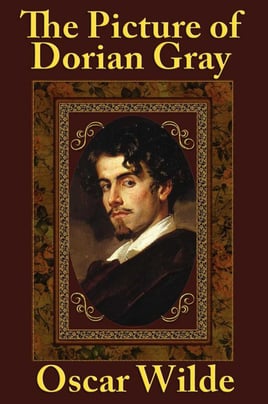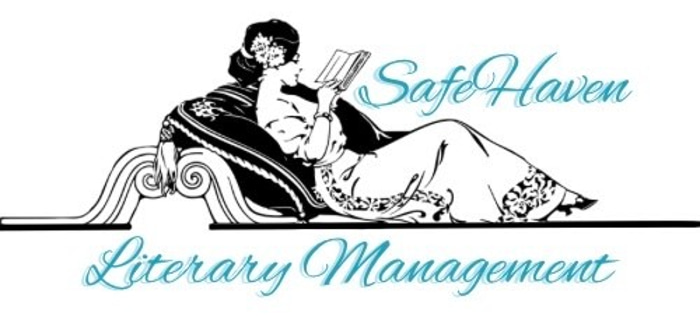
Meet Sarah, our discerning book enthusiast who curates our Book of the Month selections with care and passion. Dive into her latest pick and embark on a literary journey that will captivate your heart and mind.


Reader, this is as far as I can go without spoilers.
The Picture of Dorian Gray is a classic gothic horror. It is a haunting and complex story. The book is eerie, edgy, and clever. Oscar Wilde’s writing I first heard of the character Dorian Gray in a show called “Penny Dreadful” which aired from 2014-2016. (According to the book, The Penny Dreadful or Penny Newspaper was the 19th century standard of immorality.) I was not aware of the book, The Picture of Dorian Gray, and I knew very little about the character. I was excited to find the book last month and I am elated to be able to share this review with you all.
The main character, Dorian Gray, was a good friend of Basil Hallward. Basil is the artist who painted the portrait. It is Dorian Gray and his journey that we are following. Dorian becomes fast friends with Lord Henry, and the philosophizing never ceases to amaze me. It is crazy and hysterical. Dorian’s journey throughout the book is surprising. He does experience change and growth, just not in the way one might think.
The Picture of Dorian Gray by Oscar Wilde


Side characters: Basil Hallward and Lord Henry Wotton.
Basil Hallward was a semi-famous artist (depending on who you asked). He does keep up appearances about the town, though, as he says artists must do so that they are not forgotten. The book begins with Basil painting a portrait of an “Adonis”. This Adonis is Dorian Gray. Basil’s journey is forever changed after painting the picture of Dorian Gray.
Lord Henry is Basil’s old friend from Oxford. Lord Henry’s character is as fantastic as he is irresponsible. A “Courtesy” Lord who didn’t do much of anything besides smoking opium laced cigarettes and pontificating. He was a loquacious man who was always philosophizing about anything and everything. Lord Henry is central in the story line. He is an essential part of the plot and the book itself.
really puts you into the mind of Dorian Gray and keeps you curious about the painting. The witty banter and his use of epigrams were quite engaging and entertaining. I cannot stop thinking about the author’s mind. There were a number of great quotes. I found myself not wanting to miss a single word or conversation. Oscar Wilde’s unique wit shines through in this moral tale. The topics of age and reflections of the soul are eagerly explored. Mr. Wilde used rich, picturesque descriptions sparing no detail, while making remarkable use of incredibly vivid writing. In no way was this book predictable. Each moment and event was perfectly placed. The book flowed. The pacing was just right. This book was an experience. It is unlike anything I have ever read. It was interesting and cleverly written. I highly recommend this thrilling classic. The ending left me utterly speechless. I am still thinking about this book. I found a quote I wanted to share that is in the Preface, which was penned by the author. “Thoughts and language are to the artist instruments of art. Vice and virtue are to the artist materials for an art.” (Oscar Wilde
*Notes of interest: Oscar Wilde received a commission from American publisher J.M. Stoddart to write a novella. Wilde immediately began The Picture of Dorian Gray. It was the lead story in the July 1890 issue of Philadelphia’s Lippincott’s Monthly Magazine. The 1890 story, which appeared in the magazine, gained extreme public outrage. Critics labeled the novella poisonous, dangerous, vulgar, and the use of much flippant philosophizing. The book was accused of constantly hinting at unspeakable crimes. Many condemned it for being a celebration of immorality and vice. This served as motivation for Wilde, and he expanded the novella from 13 to 20 chapters, adding longer passages of a more conventional Victorian nature. Additionally, the author delved more deeply into Dorian’s story. In addition to these changes, Wilde censored his own writing, “toning down” the passages which might be described as “homoerotic” or “romantic in spirit”. After the rewrite, it extended the story to a novel, which was to be published in April 1891. The Picture of Dorian Gray would be Oscar Wilde’s first and only novel. The “revised version” of The Picture of Dorian Gray was published by Ward, Lock & Co.







